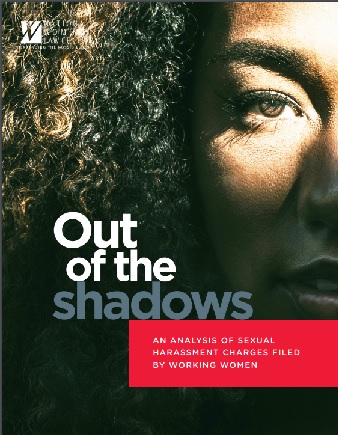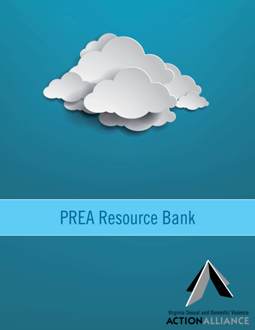Resources Library: Publications/Reports
Start a Search:
New Reports from the Virginia Violence Death Reporting System
The Office of the Chief Medical Examiner in the Virginia Department of Health has issued two new reports from the Virginia Violent Death Reporting System: Homicide Across the Life Course and Homelessness and Violent Death.
Homicide Across the Life Course examines homicides from two viewpoints. First, a longitudinal perspective describes changing homicide rates from 2003-2011. Second, a life course perspective examines how homicide looks for different age groups and how homicide risk changes as we age. This report identifies populations who are more at risk than others, and documents regions of Virginia and circumstances surrounding homicide that can assist in developing targeted responses and interventions to reduce homicide and support healthier communities in the Commonwealth.
Homelessness and Violent Death examines violent death, particularly homicides and suicides, among people who were homeless at the time of death. Violence prevention is a challenge for any population, but it may be especially so for homeless persons whose daily life and poor access to fundamental resources such as housing, safety, food, and health care creates the opportunity and conditions for violence. Their vulnerable status is exacerbated by substance abuse problems and mental health conditions, which may not be addressed in any meaningful way because they are homeless.
New Resources on Adult Fatality Review in Virginia
As of July 1, 2015, Virginia law supports the formation of local and regional Adult Fatality Review Teams (AFRTs) to identify and review deaths involving abuse, neglect and exploitation of incapacitated and older adults in the Commonwealth. Resources to assist communities in forming AFRTs can be found here.
Now Available: 2013 Family and Intimate Partner Homicide Report
The Office of the Chief Medical Examiner announces the release of the 2013 Annual Report on Family and Intimate Partner Homicide: A descriptive analysis of the characteristics and circumstances surrounding family and intimate partner homicide in Virginia.
This report contains an overview of 2013 data from the Family and Intimate Partner (FIP) Homicide Surveillance Project. Highlighted findings include:
• 36% of all homicides in 2013 in Virginia were attributed to Family and Intimate Partner Violence (FIPV). While the overall number of homicides has decreased since 2009, the proportion of deaths attributed to FIPV remains stable at one in three or higher.
• Firearms were used in 57% of FIP Homicides, a 21% increase from 2012.
• Despite the majority of FIP Homicide victims being white and female, the highest death rate was among blacks (2.9), with black males dying at a higher rate than any other group (3.1).
• The highest number of FIP Homicides occurred in the Eastern Health Planning Region (39); Richmond City had the highest number of deaths (10) for any one locality.
We invite your review of the full report, which is available at: http://www.vdh.virginia.gov/medExam/documents/pdf/2013%20FIPS%20Report.pdf.
Out of the Shadows: An Analysis of Sexual Harassment Charges Filed by Working Women

In order to paint a clearer picture of workplace sexual harassment, the National Women’s Law Center analyzed sexual harassment charges filed with the U.S. Equal Employment Opportunity Commission (EEOC) by women in the private sector between 2012 and 2016. Although an estimated 87 to 94 percent of those who experience sexual harassment never file a formal legal complaint, during fiscal year 2016 alone, nearly 7,000 sexual harassment charges were filed with the EEOC, and 82 percent of those sexual harassment charges were filed by women. This report features an intersectional analysis of the charge data by race, additional bases of discrimination alleged, and age; and an analysis of the charge data by industry and size of employer. This analysis establishes a critical baseline for evaluating the impact, if any, of the MeToo movement on filings with the EEOC in future years.
PREA Part 7: KEY REPORTS & RESEARCH: Useful reports and research to support your work

PREA is the first United States federal law dealing with the sexual abuse/assault of people who are incarcerated. The PREA Resource Bank, which offers a collection of essential PREA resources, research, toolkits, templates, and training, is divided into 7 sections.
Part 6, Key Reports and Research, is a collection of data, research, and reports that are essential reading for both advocates and correctional facility staff.

